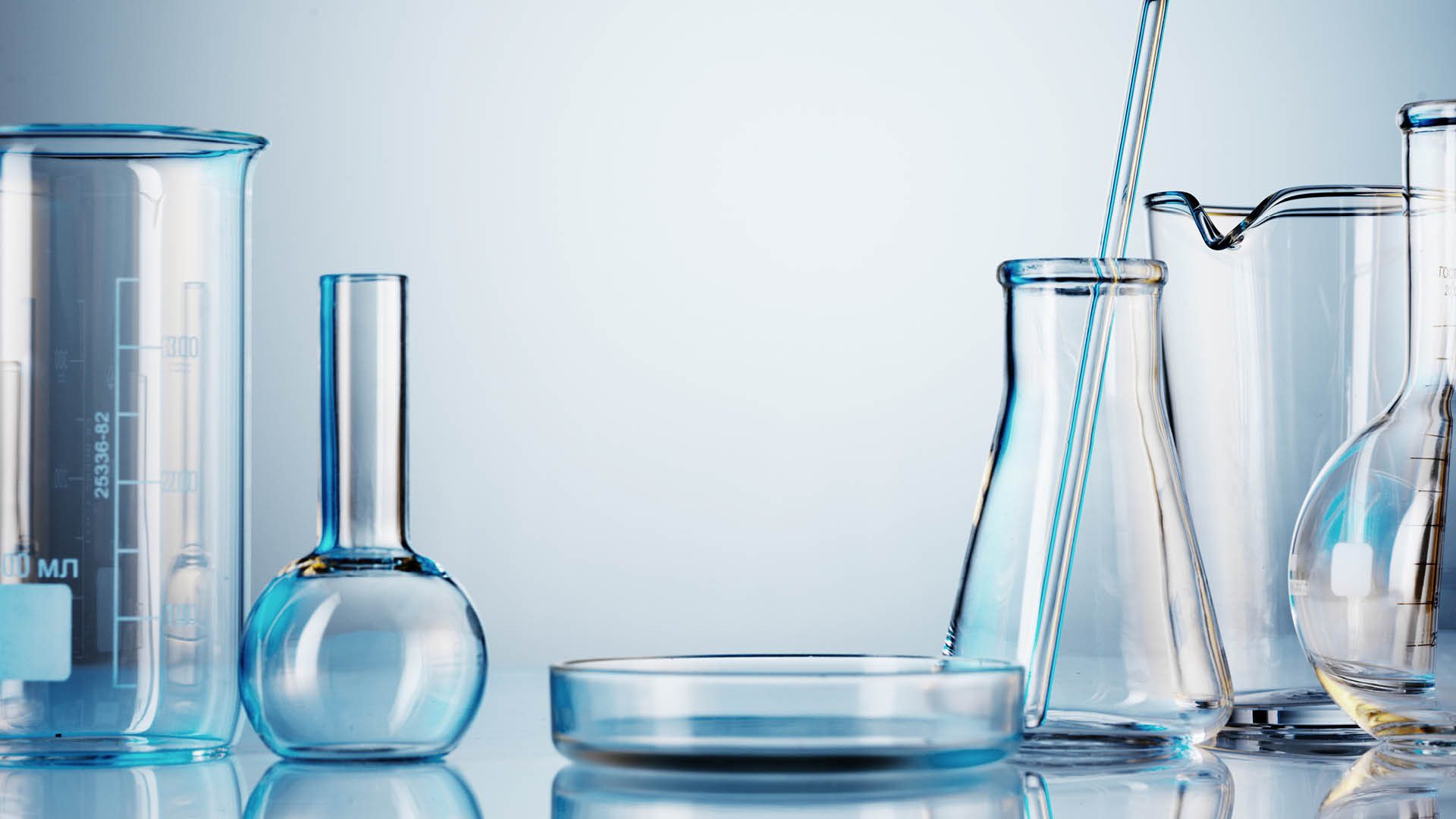
As of late, there has been a lot of talk about glycation and anti-glycation products. Some of you may be talking about it or may have wondered about it yourself. Either way, it is important for you to be in the know. In the world of skin care it is still a bit of a sticky subject as there is not any research to substantiate glycation’s role in the skin’s degradation.
Glycation is the result of a sugar molecule (fructose or glucose) bonding to a protein or lipid molecule, a haphazard process that impairs the function of biomolecules. The question then is, if it can impair molecules internally, can it do the same to the skin?
Substantiating the thought process
To date research only substantiates that there is internal degradation from a medical standpoint in relation to heart disease. The theory, however, is that if sugar does bond to proteins then it could bond to the proteins related to skin and skin aging, namely collagen. There is no research, as of yet, to back up this claim though.
While I hesitate to completely dismiss the validity of this theory, no studies have yet been conducted to determine if there is glycation within the dermis. There is simply too much that remains unknown at this point to make any hard and fast claims into anti-glycation products. However, through use of ingredients that promote skin health and prevent degradation and inflammation, the skin will be supported against any potential glycation damage.
Support ingredients to watch
There are many cutting-edge ingredients that lend support topically to a skin that is weakened and aging from diabetes (those most at risk of glycation) and other diseases that impact the skin. These same ingredients, by nature, would also protect against glycation, and therefore could theoretically be called “anti-glycation.”
It’s important to at least be in the know about topicals that inhibit matrix metalloproteinases (MMP's), reactive oxygen species (ROS), and now glycation (AGE). Some of these ingredients and where to find them include:
- Glycine soya – Antiox 18 Complex, BioReform 28, Peptide Mito-Protect, Phyto-Endorphin Hand Cream
- Turmeric – Enviroprotect, eZinc Protection Cream
- L-ascorbic acid – C-Peptide Complex, Derma-Zyme
- Epidermal growth factors (EGF) – Bio Reform 28, Bio 53 Matrix, Bio 53 Matrix Plus, Elite Luxe Hydration
- Centella asiatica – Sensitive Skin Complex
- Omega 6 essential fatty acids (linoleic and oleic acid) – Drops of Essence Hydration Drops, Sensitive Skin Complex
- Peptides – Peptide 38, Eye Lift, Firming Peptide
- Reseveratrol – Antiox 18 Complex, Peptide Mito-Protect, Vita 10 Complex
Others include cinnamon, butcher’s broom, green tea, D-alpha tocopherol, and L-glutathione (tripeptide). Since these support the reduction of free radicals and inflammation, they lend themselves to be an ally against glycation. Keep in mind this is a short list of ingredients and the products that contain them.
It’s also important to note, while the FDA doesn’t mandate cosmetics be “chirally resolved” (this only applies to pharmaceuticals), we decided long ago to uphold our products to this standard. All of our products are chirally correct, dye free, fragrance free, use smart ingredients that are sophisticated in their delivery, have balanced actives, and are up-to-date for most all skin challenges we face. These qualities are important factors in the anti-glycation process.
Question: Have you received questions from your clientele about anti-glycation products? If so, what information do you provide them?
